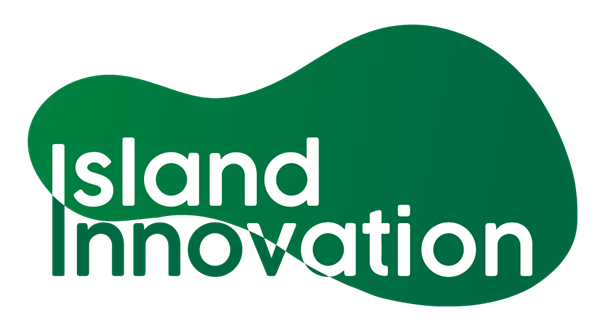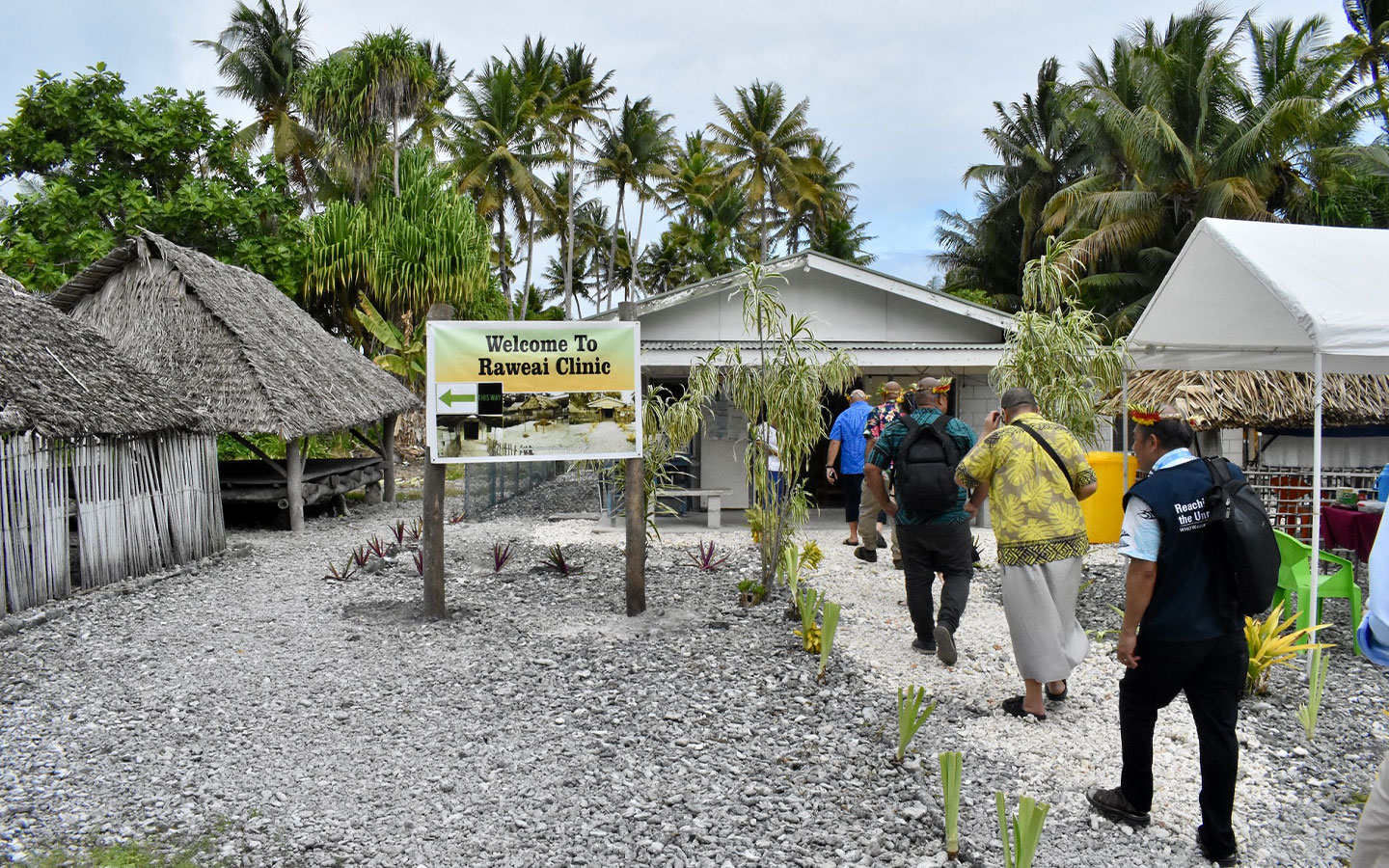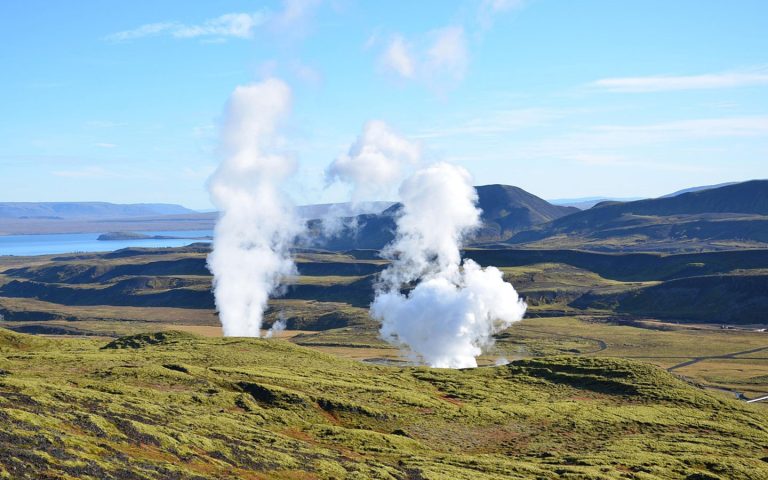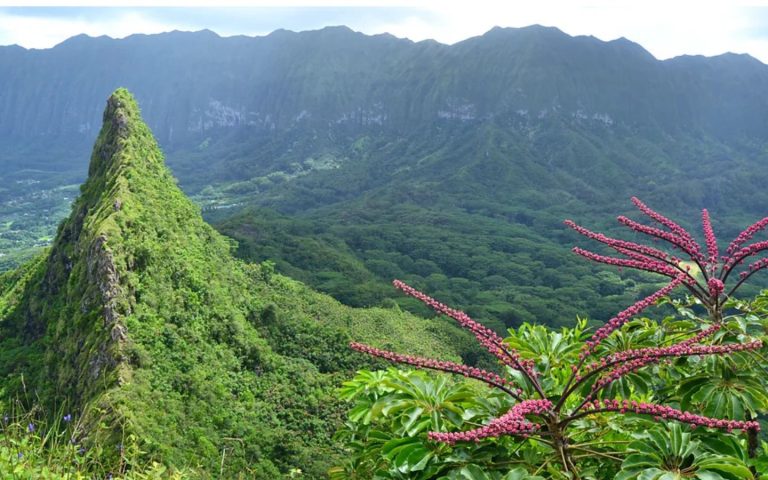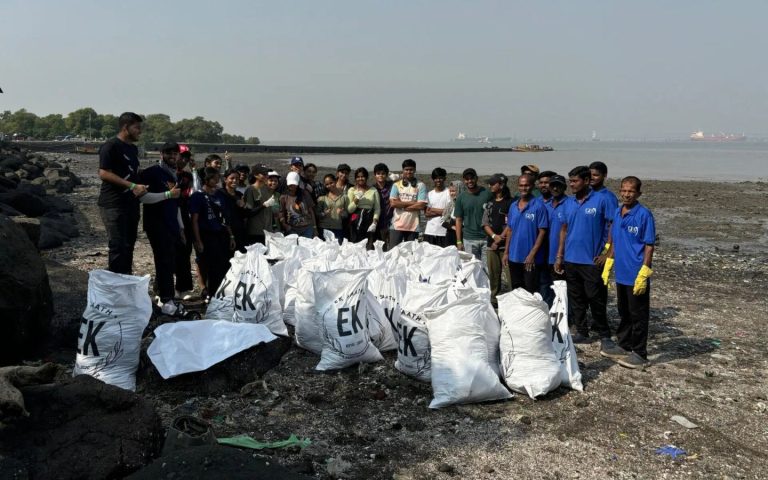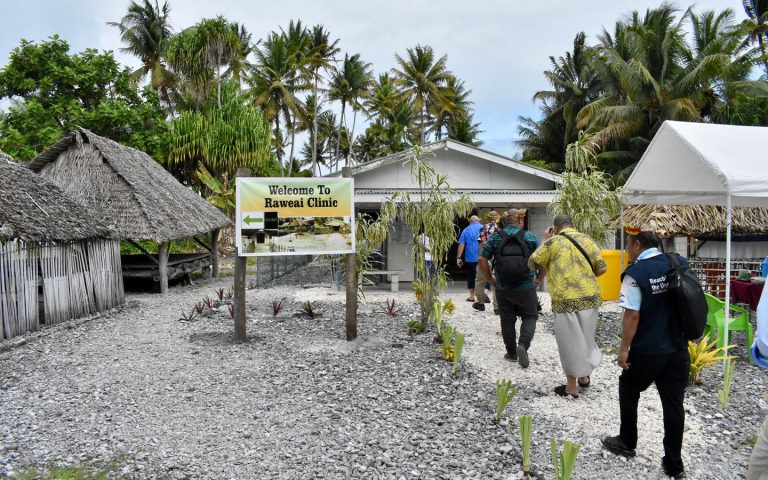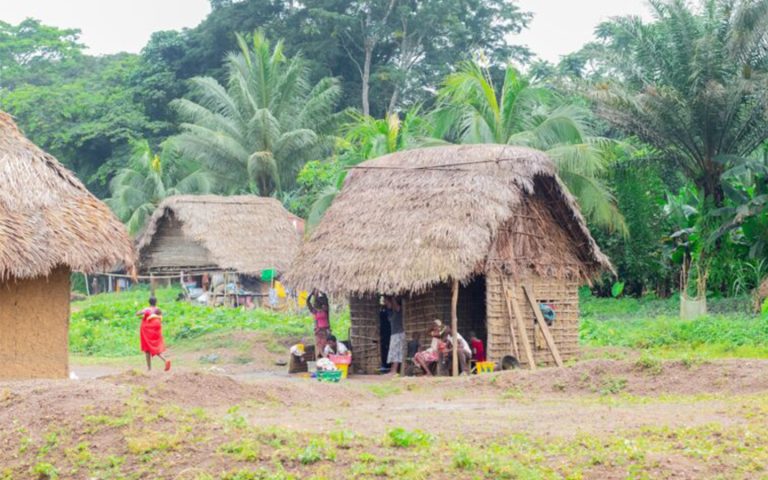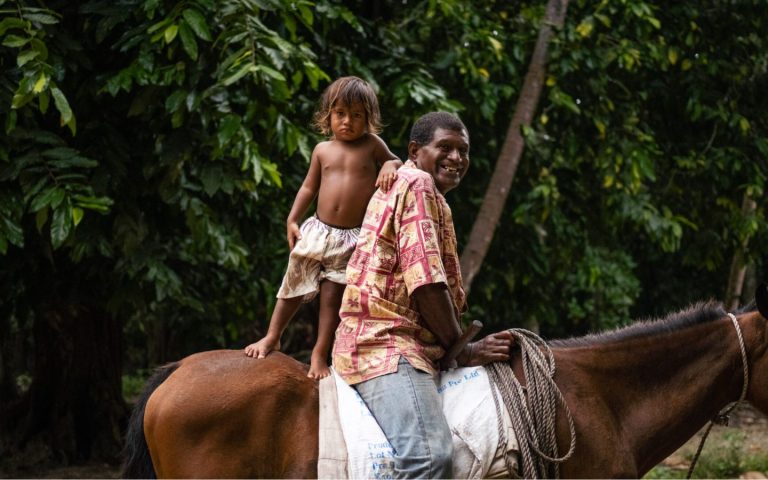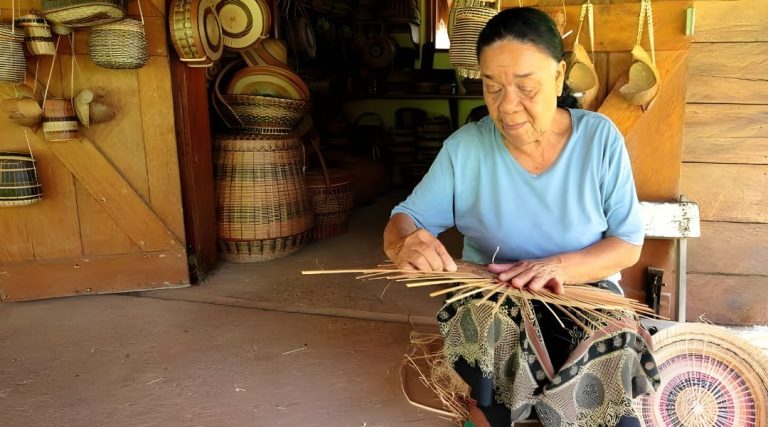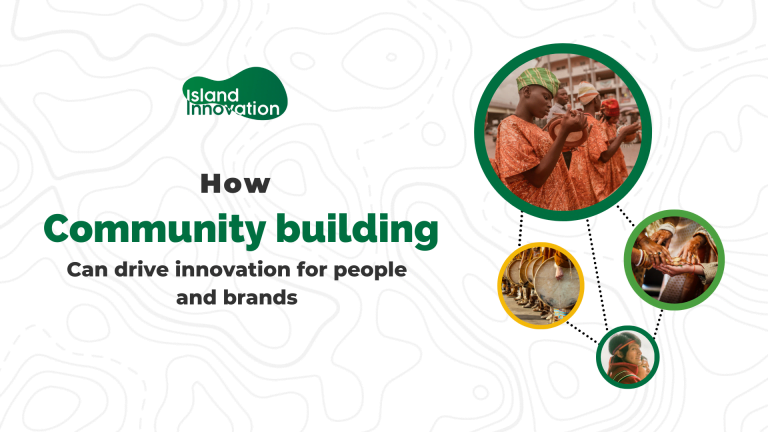Image source: © Morrison Tabokai for WHO / via who.int
Excerpt from who.int
Motufia Ariniiti wakes early each morning with the rising sun to prepare for a busy day ahead. As the medical assistant at Rawannawi Health Center, on Marakei Island in Kiribati, Motufia is responsible for overseeing the busy health centre, as well as the island’s 4 other health facilities.
Marakei is a ring-shaped atoll, 1 of 33 scattered across a vast distance in the central Pacific that make up the island nation of Kiribati.
Working in such an isolated and unique setting means that Motufia’s work delivering health services can be quite challenging. Fortunately, a reliable high-speed internet connection, powered with solar 24/7, was recently installed to help alleviate some of the difficulties faced on the remote island.
The Rawannawi Health Center is 1 of 15 health-care facilities to receive the installation of internet with solar power thanks to the Making Health Adaptation for the Future Resilient Islands – Kiribati Outer Islands for Climate Health Action (Te Mamauri Project), implemented through a partnership between the Kiribati Ministry of Health and Medical Services (MHMS) and the World Health Organization (WHO).
This multi-year US$ 6 million project is generously funded by the Korea International Cooperation Agency (KOICA). The project aims to strengthen health systems, health-care facilities, schools, and communities in Kiribati – with an emphasis on outer islands like Marakei – to protect and improve population health in a changing climate.
Health workers, such as Motufia, are on the frontlines facing the extraordinary pressure climate change puts on the communities of Kiribati.
Rising sea levels, coastal flooding and erosion could render islands like Marakei uninhabitable this century. The threat to health includes water insecurity, food insecurity and exposure to severe weather and increased storm surges.
